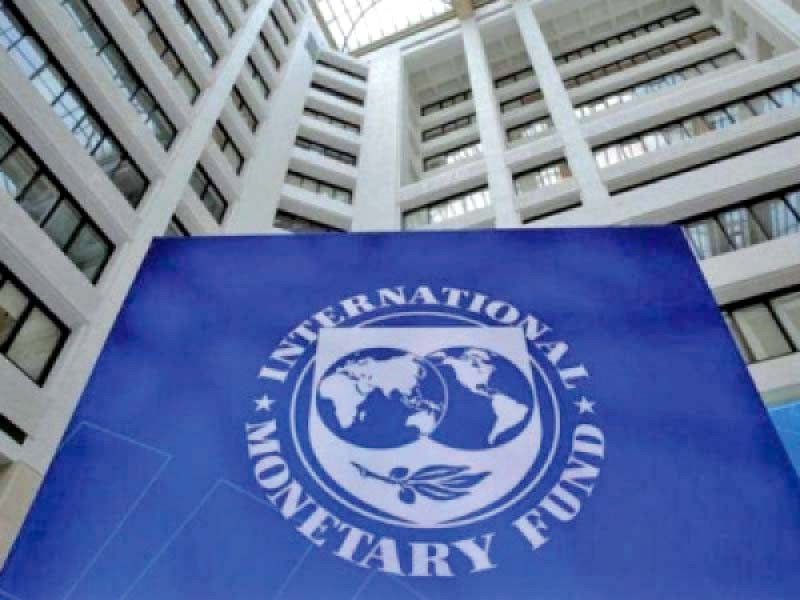
Pakistan has provided the International Monetary Fund (IMF) with a financing plan for external payments, in which Islamabad has informed the global lender that it will arrange $8 billion for the purpose instead of $6 billion.
According to sources in the finance ministry, the IMF had asked Pakistan for assurances of $6 billion for external payments.
However, they added that Pakistan had given the IMF assurances of $8 billion for external payments.
The sources said China would provide $3.5 billion to Pakistan of which Islamabad would keep $2 billion in deposit, while the commercial banks of Beijing would provide the country with $1.5 billion.
Besides, Saudi Arabia and the UAE will provide $2 billion and $1 billion to Pakistan, respectively.
Pakistan will also receive $500 million from the World Bank in addition to the Asian Infrastructure Investment Bank’s $250 million.
The finance ministry officials said the $350 million pledged during the Geneva Conference would also come to Pakistan.
The government has set a target to raise a record high debt-financing of Rs11.10 trillion from domestic commercial and Shariah-compliant banks in the first three months of the current fiscal year. The funds will primarily be used to pay off maturing old debt and partially finance the large fiscal deficit.
This marks the third consecutive month that the government has set record high domestic borrowing targets, indicating its heavy reliance on debt to finance budgeted expenditures. However, this approach raises concerns as the debt has reached unsustainable levels, both domestically and externally, and calls for restructuring.
To address the situation, the government needs to either reduce non-development expenditures, including cutting parliamentary budgets and curbing excessive spending, or increasing revenue collection.
The provisional revenue collection for the previous fiscal year stood at Rs7.14 trillion, falling short of the set target of Rs7.64 trillion.
After debt repayments, the largest expenditure for the government is interest payment on the overall debt. This leaves little room for the government to carry out development projects and generate job opportunities.
According to the Bank of America Securities, Pakistan is facing an acute liquidity crisis in debt management, which directly undermines its overall financial stability.
The budget parameters for the fiscal year 2023-24 reveal that debt servicing costs alone exceed Rs7.3 trillion ($25.6 billion), representing half of the total budget spending and around 80% of the country’s expected tax revenues.
























COMMENTS
Comments are moderated and generally will be posted if they are on-topic and not abusive.
For more information, please see our Comments FAQ